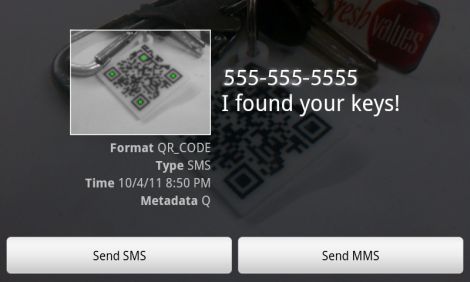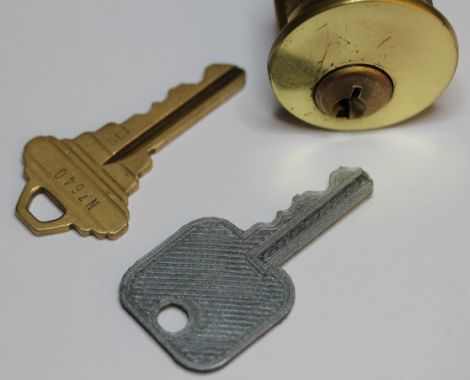Secret keys are quite literally the key to security in software development. If a malicious actor gains access to the keys securing your data, you’re toast. The problem is, to use keys, you’ve got to write them down somewhere – oftentimes in the source code itself. TruffleHog has come along to sniff out those secret keys in your Github repository.
It’s an ingenious trick — a Python script goes through the commit history of a repository, looking at every string of text greater than 20 characters, and analyzing its Shannon entropy. This is a mathematical way of determining if it looks like a relatively random string of numbers and letters. If it has high entropy, it’s probably a key of some sort.
Sharing source code is always a double-edged sword for security. Any flaws are out for all to see, and there are both those who will exploit the flaws and those who will help fix them. It’s a matter of opinion if the benefits outweigh the gains, but it’s hard to argue with the labor benefits of getting more eyes on the code to hunt for bugs. It’s our guess though, that a lot of readers have accidentally committed secret keys in a git repository and had to revert before pushing. This tool can crawl any publicly posted git repo, but might be just as useful in security audits of your own codebase to ensure accidentally viewable keys are invalidated and replaced.
For a real world example of stolen secret keys, read up on this HDMI breakout that sniffs HDCP keys.


















